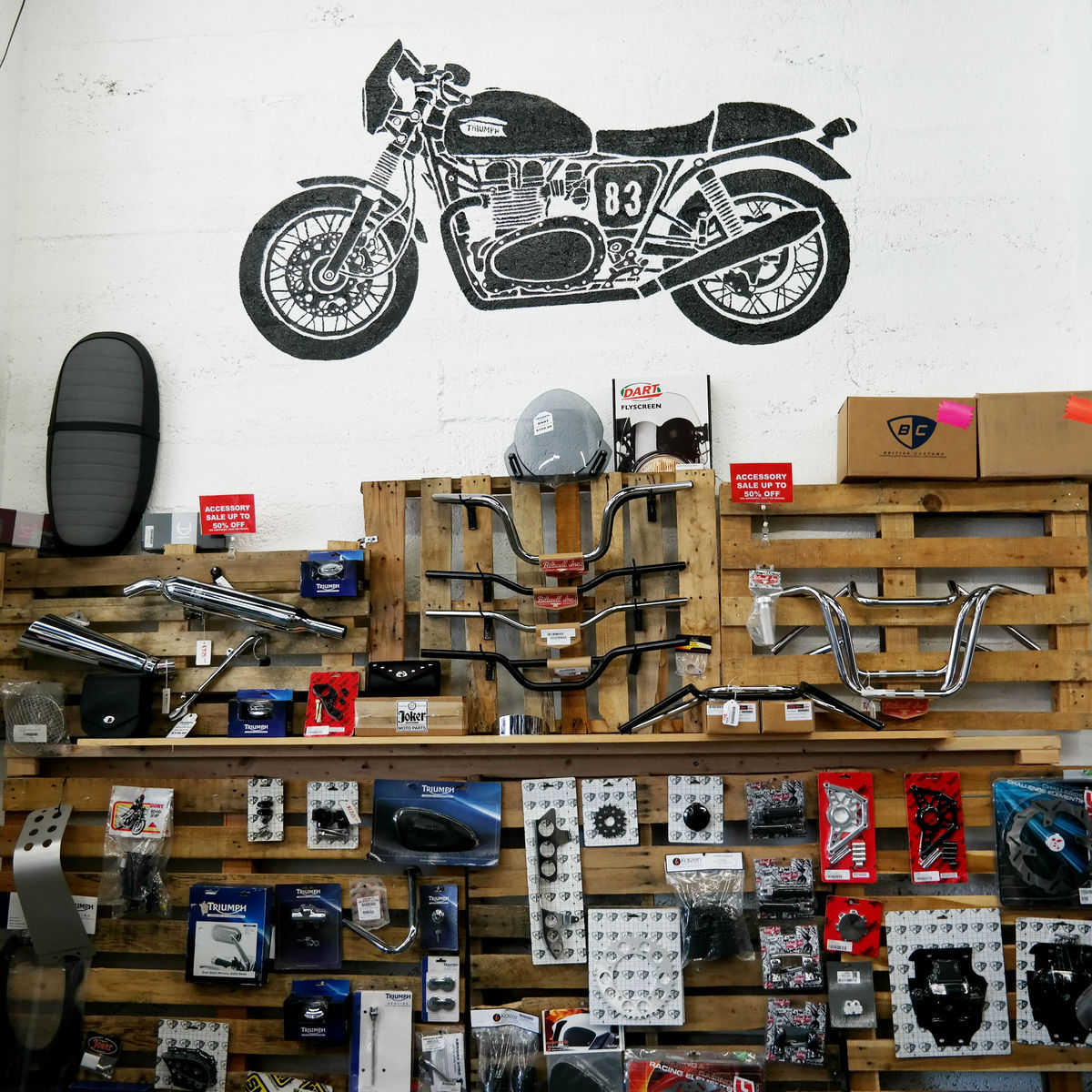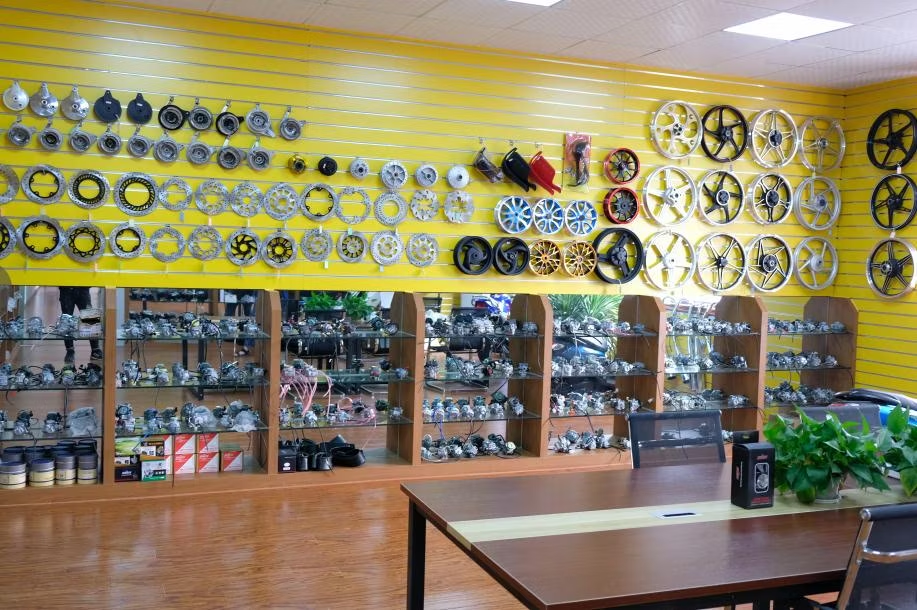Go To Our Motorcycle Shop for Specialist Guidance and High Quality Products
Go To Our Motorcycle Shop for Specialist Guidance and High Quality Products
Blog Article
Recognizing the Important Parts of a Motorcycle: A Comprehensive Guide for Fanatics
For motorcycle enthusiasts looking to boost their riding experience and guarantee their bikes run smoothly, understanding the necessary parts of a motorbike is paramount. Each aspect, from the engine's elaborate workings to the important duty of the stopping devices, not just impacts performance yet likewise safety and security and comfort. This guide will go through the basic parts that every motorcyclist need to be acquainted with, enabling notified choices in both upkeep and potential upgrades. As we begin this expedition, one must ask: exactly how does each part connect to produce the seamless ride every lover seeks?
Engine Elements

The camshaft plays an important function in regulating the timing of the engine's shutoffs, making certain the precise opening and closing required for efficient fuel and air consumption, along with exhaust expulsion. This timing is essential to maintaining optimum engine performance and efficiency. In addition, the carburetor or fuel injection system, depending upon the motorbike version, is in charge of blending air with gas in the correct ratio for burning.
The cooling system, either air or liquid-based, works to preserve the engine's temperature within functional limitations, stopping overheating and making certain longevity - mx parts nz. Each part, diligently created and incorporated, adds to the smooth operation of the engine, specifying the bike's power result and general performance
Transmission System
Integral to the motorbike's capability, the transmission system makes sure efficient power transfer from the engine to the wheels. This system consists of a number of vital parts, consisting of the clutch, transmission, and last drive, each playing a vital function in converting the engine's power into motion. The clutch, normally operated by a hand lever, serves to involve and disengage the engine from the transmission, permitting for smooth gear changes and controlled velocity.
The transmission, usually described as the transmission appropriate, contains a collection of gears that cyclists can by hand move through to readjust the bike's rate and torque result. These equipments are set up in a sequence that enables the motorbike to increase smoothly and preserve ideal engine performance across numerous speeds. Most motorbikes utilize a sequential transmission, calling for the biker to shift equipments in a predetermined order.
Braking Mechanisms
While comprehending the transmission system is vital to utilizing a bike's power, just as essential is the capacity to manage and quit that power properly, which is where stopping systems enter into play. Brakes are critical for safety and security and efficiency, offering the rider with the required control to browse numerous terrains and problems. Commonly, motorcycles include 2 kinds of stopping systems: disc brakes and drum brakes.
Disc brakes are extra widespread in modern-day motorbikes as a result of their premium efficiency. They include a brake disc, caliper, and pads. When triggered, the caliper squeezes the brake pads against the spinning disc, transforming kinetic energy right into warmth, thereby slowing the wheel. This system offers better warmth dissipation, constant efficiency, and enhanced quiting power, specifically in damp problems.
Alternatively, drum brakes, though less common, are still found in some motorcycles. They work by pushing brake footwear versus the inner surface of a drum best winter riding gloves affixed to the wheel. While normally much less reliable in warmth dissipation and quiting power, drum brakes are simpler and much more cost-effective.
Recognizing these braking systems' nuances enables cyclists to keep their motorcycles properly and value the design that ensures safe and efficient quiting.
Suspension and Guiding
Suspension and guiding systems are essential parts that significantly affect a motorcycle's handling and ride convenience. The shock absorber, containing forks at the front and shock absorbers at the back, absorbs road abnormalities, improving stability and control. Front forks, upside down or typically telescopic, compress and rebound to minimize influences, while rear shock absorbers maintain tire contact with the roadway, important for grip and security.
Steering, centered around the handlebars, links the biker to the bike's directional control. The steering useful site head bearings make sure smooth procedure, allowing exact ability to move. Appropriate placement and maintenance of these bearings are crucial for foreseeable guiding feedback and lowering rider tiredness.
The suspension's adjustability is another important aspect; preload, damping, and rebound settings permit personalization to match numerous riding motorcycle helmets nearby conditions and designs. This adaptability is important for maximizing efficiency, whether browsing city roads or dealing with tough tracks. Innovations like digital shock absorber supply real-time modifications, enhancing ride quality throughout varied terrains.

Electric Systems
After guaranteeing a smooth and controlled ride via reliable suspension and guiding systems, attention turns to the electric systems, a critical element of contemporary bikes. These systems play an important role not only in beginning the engine but likewise in powering various components that boost the capability and safety and security of the motorcycle.
At the heart of a motorcycle's electric system is the battery, which shops electrical power needed for starting the engine and powering complementary systems - motorcycle parts nz. The alternator or generator, coupled with the rectifier-regulator, guarantees the battery remains billed while the bike functions, transforming power into electric energy and preserving voltage levels
The ignition system, an additional essential element, is in charge of sparking the air-fuel combination in the engine's cyndrical tubes. Modern motorbikes frequently utilize an electronic ignition system, providing higher efficiency and dependability compared to typical systems.
Lights systems, consisting of fronts lights, tail lights, and indicators, are additionally essential, guaranteeing presence and security for the rider. Extra electronic elements such as sensing units, control units, and presents add to sophisticated features like gas injection management, anti-lock braking systems (ABDOMINAL MUSCLE), and digital dashboards, better improving the riding experience.
Verdict
A complete comprehension of a motorcycle's necessary parts, consisting of the engine, transmission system, stopping systems, suspension, steering, and electrical systems, is important for lovers intending to maximize safety, convenience, and performance. Proficiency of these elements enables for educated decisions relating to upkeep and upgrades, eventually enhancing the riding experience. By integrating this knowledge, motorcyclists can guarantee their bikes operate at peak efficiency and dependability, thus making best use of both satisfaction and long life of their vehicles.
For bike fanatics looking to boost their riding experience and guarantee their bikes run efficiently, understanding the crucial parts of a motorcycle is vital.Important to the motorcycle's functionality, the transmission system ensures efficient power transfer from the engine to the wheels.While recognizing the transmission system is crucial to utilizing a motorbike's power, similarly essential is the capability to manage and stop that power properly, which is where braking devices come into play. Usually, motorcycles feature two kinds of stopping systems: disc brakes and drum brakes.
A complete understanding of a motorcycle's vital components, including the engine, transmission system, braking systems, suspension, guiding, and electric systems, is indispensable for lovers intending to enhance comfort, security, and efficiency.
Report this page